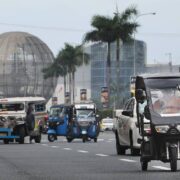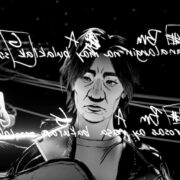Why Incheon is the perfect place for a layover
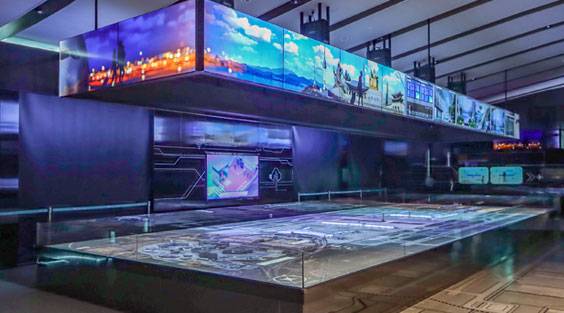
I looked at the rows of pretty hairpieces and picked up one that matched the pink, blue and gold hanbok I was wearing. Later, I would find out that it’s called ayam—a winter cap Korean women wore during the Joseon era.
As I put it on my head, the kind ahjumma who had patiently helped me wear the hanbok smiled and nodded approvingly. Then, she took pictures of me in the traditional garb.
We weren’t in any of Korea’s picturesque hanok villages, where hanbok rental shops often abound, no. We were in Incheon International Airport—at the K-Culture Zone, which provides transit passengers with free Korean cultural experiences. (If you’re at Terminal 2, find Gate 268 and go up to the 4th floor. You’ll find K-Culture Zone at the Free Transfer Lounge. At Terminal 1, it’s also on the 4th floor near Gate 11).
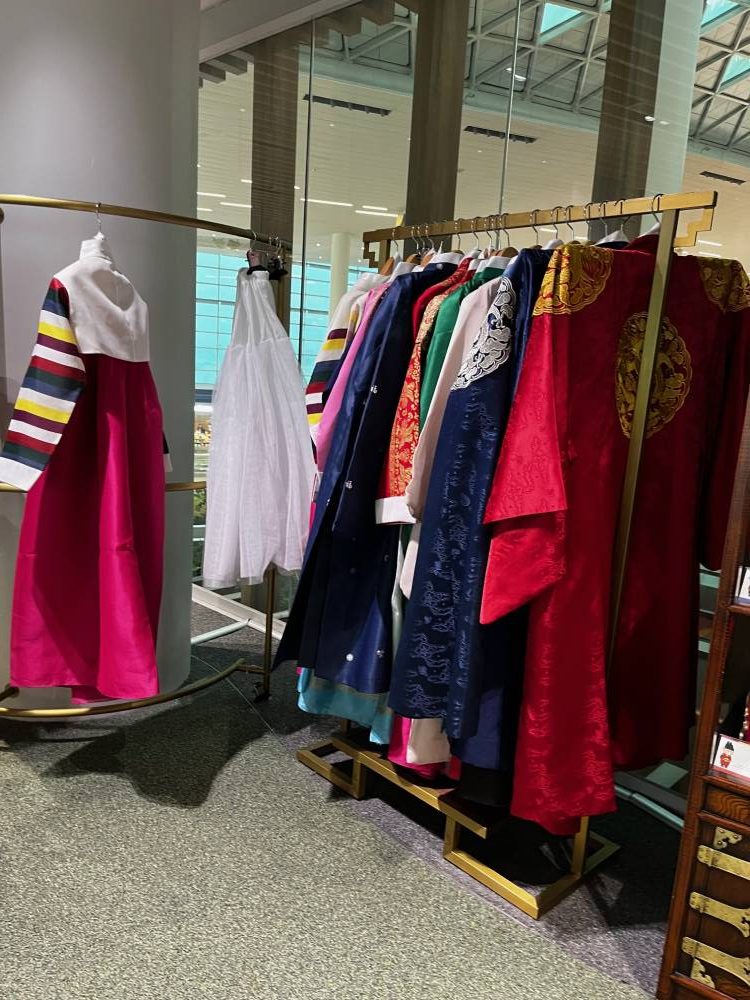
The place lives up to the tagline “Feel Korea in Incheon Airport.” Getting to experience wearing hanbok—and they have a couple of racks of beautiful ones for men and women to choose from—is just one of their offerings. You can also learn Hangul calligraphy and write your favorite words or sentences in Korean alphabet.
Feel like getting crafty? You can paint a fabric hand mirror with traditional Korean patterns, or you can try the Korean handicraft called najeonchilgi by decorating a keychain with mother-of-pearl.
On the day of our visit, a sign also announced free K-alphabet bracelets and K-folk games tuho, jegi and yutnori.
In one corner, notes from happy visitors hung. “I love it here!” one of them read.
Another way to experience Korean culture at the airport is by catching the changing of the guard, a reenactment of the formal changing of the royal guard ceremony, a procession along with sword, staff and martial arts demonstrations, happening 12 p.m. to 12:30 p.m., 2 p.m. to 2:30 p.m. and 3:30 p.m. to 4 p.m.
I had been to Incheon Airport a number of times before, usually transiting through on trips to and from the United States, doing what most passengers do while waiting for their next flight—shopping, eating and making my way to my boarding gate.
But that day, I got the chance to explore and enjoy corners of the airport I never knew existed, and areas I think many passengers should discover as well, thanks to a tour from Seungyoon Lim, senior manager of Incheon International Airport Corp.‘s airline marketing team.
Observatory Deck
We headed to the Observatory Deck (open from 7 a.m. to 8 p.m.), a place where, apart from being able to chill and view the planes on the tarmac through massive windows, you can get to know more about Incheon Airport, including its history and facilities. The information is presented in creative ways—using artwork, visuals and technology.
You can see the airport’s master plan, timeline and milestones. I enjoyed the massive “ICN People” illustration of just some of the airport’s 70,000 employees going about their day.
There was a photo booth where you can take fun photos with cool backgrounds like the facade of the airport, a plane taking off, the runway, the terminal, the tarmac.

We saw a lot of families there, including kids who were enjoying themselves. “This is one of my children’s favorite places to visit,” said Lim.
In the PR Zone, there was a super cool multimedia 3D mapping show that brings to life the construction of Incheon Airport, which opened in 2001. The show happens twice a day, but the PR Zone is still worth a visit even outside that time. There’s plenty to see there, including animated and interactive screens that explain the airport’s baggage handling system and security facilities.
Airport Service Quality Award gave Incheon Airport the top place for 12 consecutive years. It has also been awarded World’s Best Airport 11 times. And it’s easy to see why.
“We care about passenger experience,” said Lim, a fact that was evident on our tour.
Comfort and convenience
Their focus on comfort and convenience can be seen in the creation of 24-hour Nap Zones, where people can snooze away on plush lounges and chairs, play areas for kids to enjoy, nursing rooms for moms. No wonder it’s been voted World’s Most Family-Friendly Airport by customers on Skytrax this year.
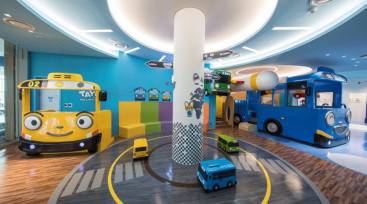
There are comfortable chairs everywhere you look, including the Free Transfer Lounge which also has a massage area (where you can pay for massages) and a stretching room—perfect for yoga practitioners who want to move and stretch before getting on their next flight.
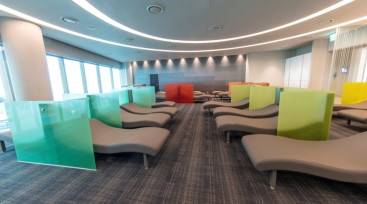
There are also shower rooms that you can get access to for $6 if you’re a transfer passenger and $13 if you’re a general passenger. This comes with hair and body soap, toothbrush, toothpaste, towel and the use of body and hair dryer.
Those with access to their airline’s lounge can enjoy them, of course—Korean Air has two KAL Prestige Lounges at Incheon Airport. But even those who don’t have lounge access can enjoy four pay lounges at Incheon Airport: Skyhub Lounge which is open 24 hours, SPC Lounge, Matina and Matina Gold.
But if your transit time is long enough, you don’t need to stay in the airport. Incheon Airport also offers free transit tours (if your layover time is less than 24 hours), giving you the chance to explore Korea for a few hours—no visa required. Korea offers visa-free entry to Filipino transit tourists.
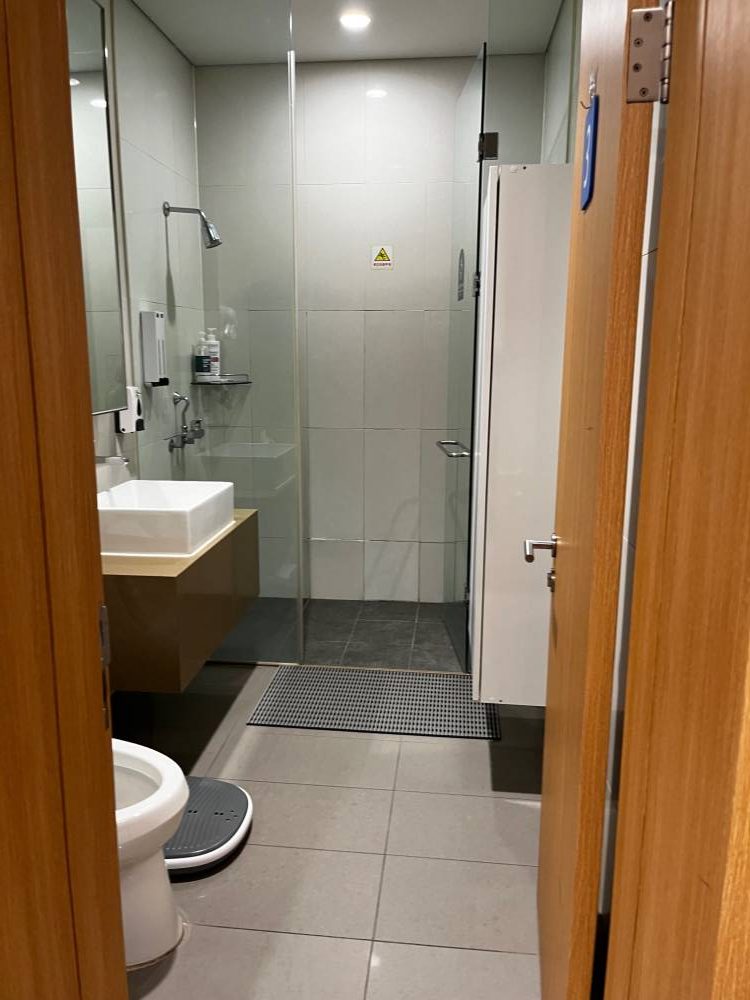
There are tours that go to Hongdae Street, Jeondeungsa Temple, Sinpo market, the DMZ, the Blue House and Gwangjang Market, Gyeongbokgung Palace and Insadong Street, and others. You need to sign up online (https://www.airport.kr/ap/en/trn/trnTourMain.do) to join any of the tours.
Special deals
If your layover is more than 24 hours (and less than 72 hours), you can get special deals on packaged and self-guided tours, accommodations, transportation and airport lounges through Incheon Airport’s K-Stopover website (https://k-stopover.com/) so you can discover Korea while you wait for your flight.
If you’re transiting through Incheon on your next long-haul trip, I recommend spending a night or two in Korea. That’s what I did recently on my trip home from the US—I flew Delta Air Lines/Korean Air, landed at Incheon Airport and then had a quick Seoul adventure before flying to Manila. And I would do it again in a heartbeat.
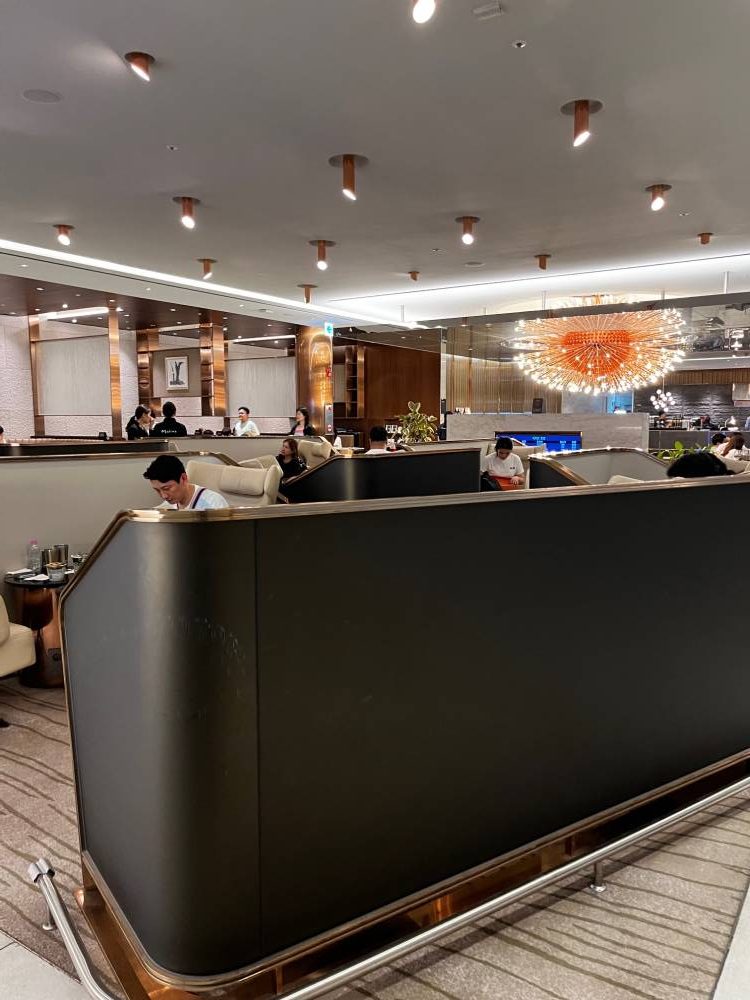
Transiting through Incheon Airport is such a pleasure, you’ll find yourself wishing your layover was longer.
The airport is continuing to expand and they’re scheduled to complete Phase 4 in November. Right now, Incheon Aiport is serving 70 million passengers each year. By the end of the year, they’ll have the capacity to serve over 100 million passengers—well on their way to their target of 130 million by 2030.












